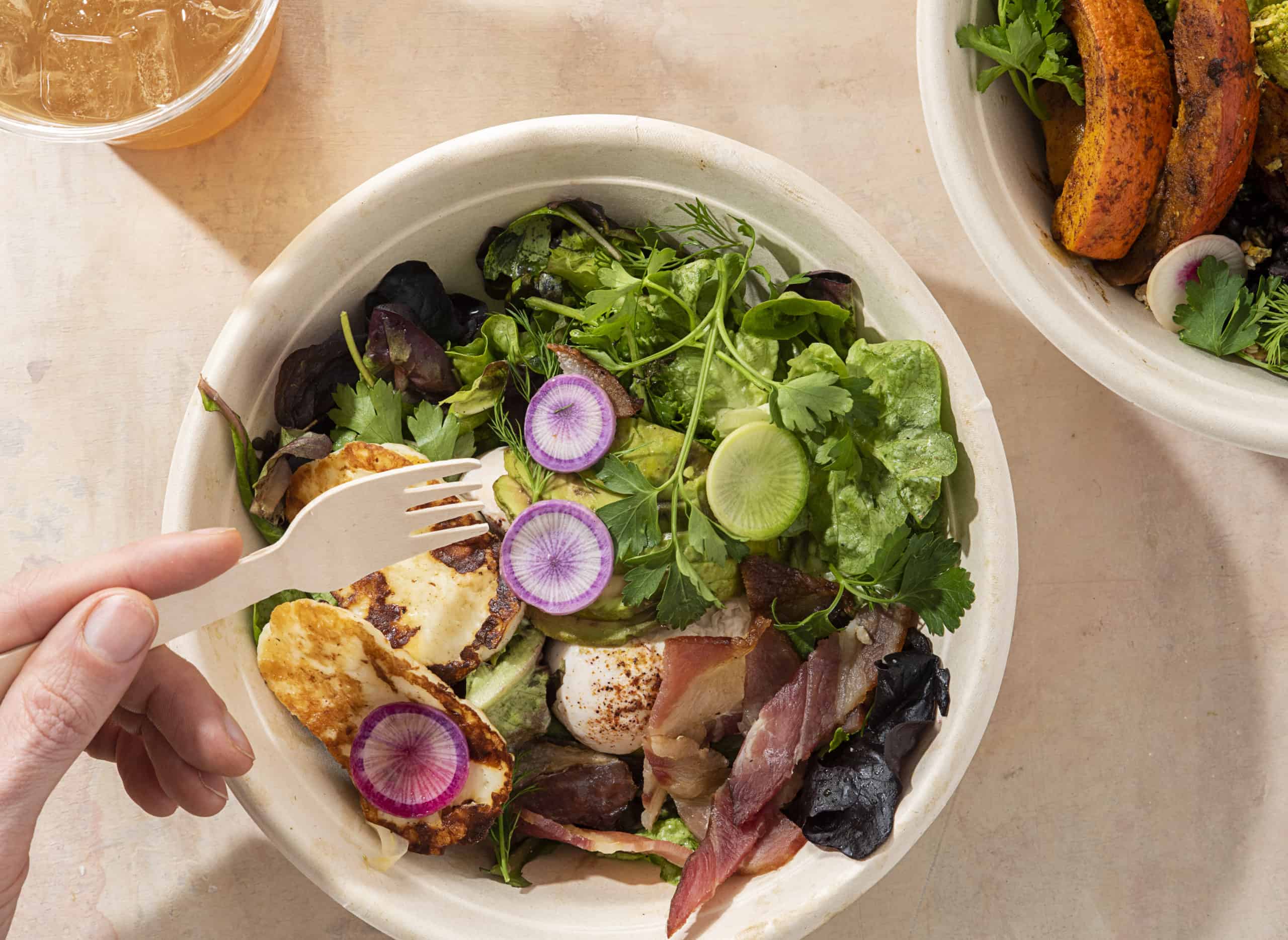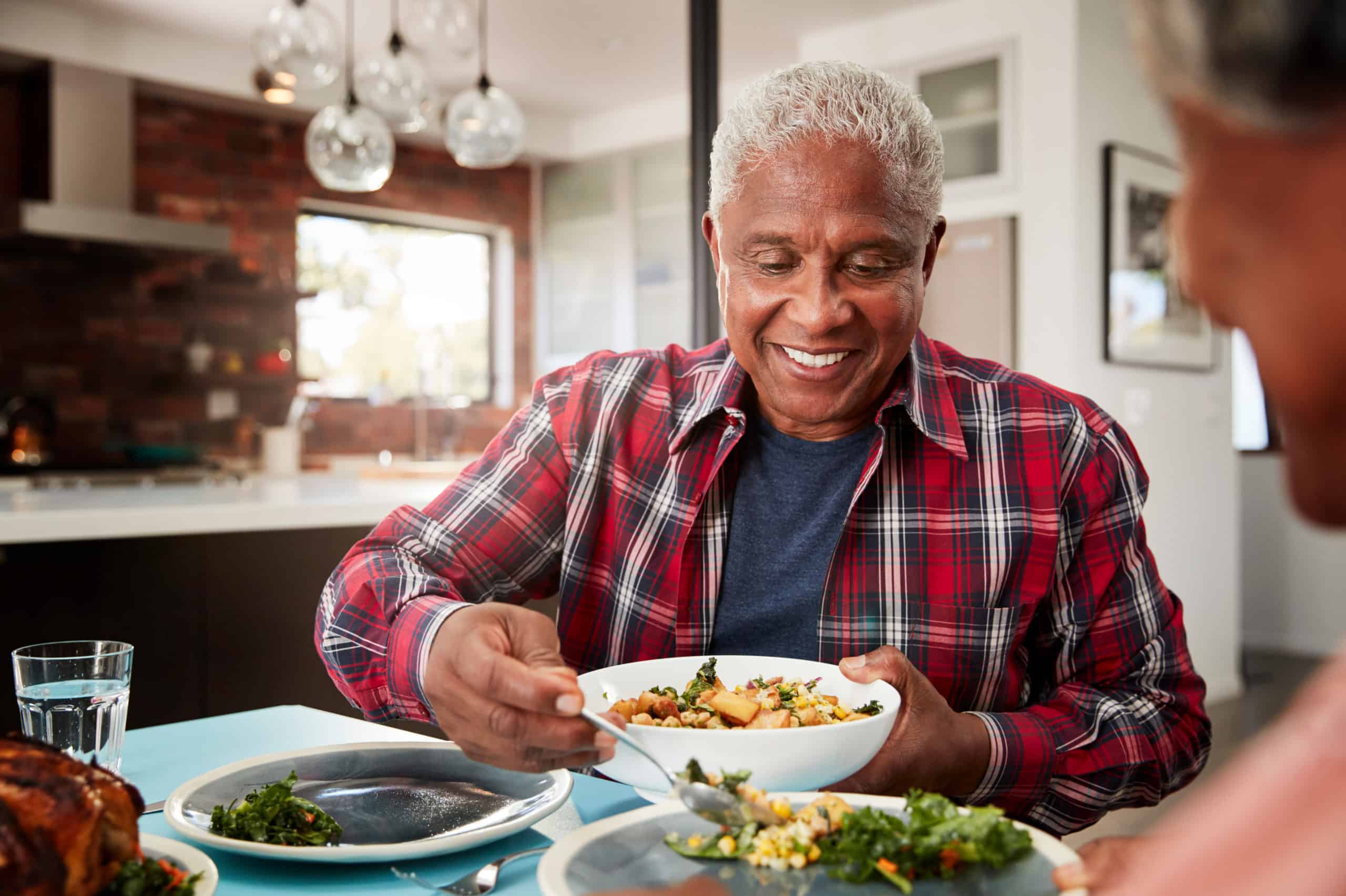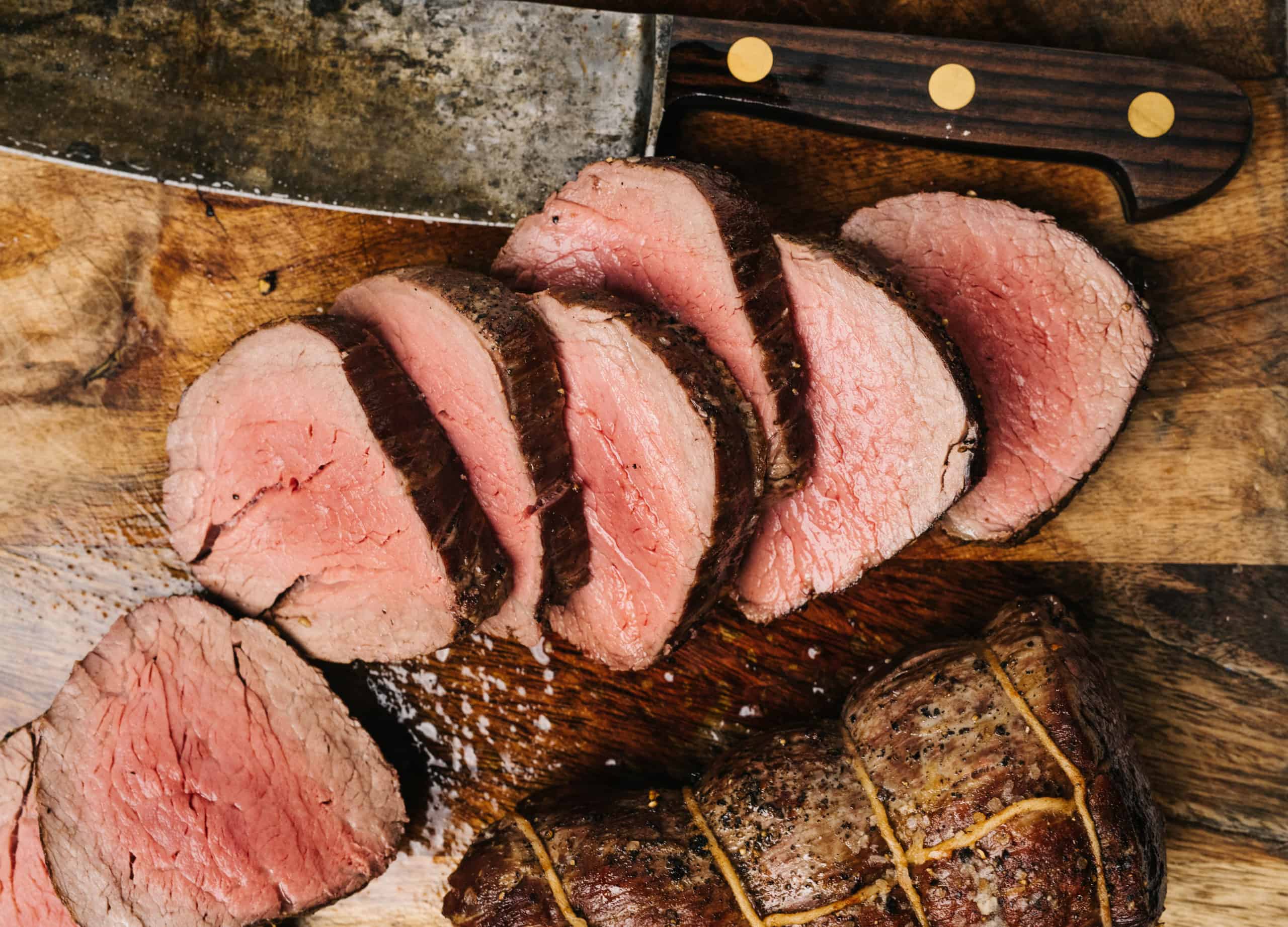Types of vegetarians | Health benefits | Challenges | Frequently asked questions | How to start a vegetarian diet | Vegetarian diet and weight loss
- A vegetarian diet is one made up entirely (or primarily) of plant-based foods.
- Eating a diet of healthy plant-based foods may reduce the risk of type 2 diabetes, heart disease, and certain cancers.
- You can be successful with a plant-based diet through gradual lifestyle changes.
You decided to start a vegetarian diet and eat mainly plant-based food.
Perhaps you want to improve your health by cutting back on saturated fats from meat. Or maybe you have other reasons—like environmental or religious ones—for making the change.
Whatever the reasons, it’s important to know that starting a vegetarian diet isn’t as simple as not eating meat.
Any sort of food transition comes with a period of adjustment—especially if you’ve been eating a certain way most of your life. And with so much change, you may not know where to start.
With a quick walkthrough of the vegetarian diet and what it entails, you’ll be well on your way to thriving with your new plant-based lifestyle.
Kendra Gutschow, RDN, a registered dietitian and Noom coach, joined us to discuss the basics of vegetarianism and what it takes to be successful and healthy on a vegetarian diet. Keep reading to learn how to get started.
Note: Consult with your medical provider before making dietary changes.
This is Chapter 1 of Noom's Guide to the Vegetarian Diet:
- Empowering Your Wellness Journey: Exciting Updates to Noom
- The Noom Kitchen Cookbook: Healthy Living Secrets
- What is a vegetarian diet? A guide to getting started
- Vegetarian diet for weight loss: Your questions answered
- 56 healthy vegetarian recipes for weight loss you’ll love
- Vegetarian keto for beginners
- Does Noom work for vegans, vegetarians, and plant-based diets?
Types of vegetarians
The answer to “What is a vegetarian diet?” depends on the type of vegetarian you choose to be.
The good news is that with so many options to choose from, there’s bound to be one that meets your needs. Gutschow breaks down different vegetarian diet types as follows:
- Lacto-vegetarian: Lacto-vegetarians stick with plant-based foods and dairy products—but no eggs.
- Ovo-vegetarian: Ovo-vegetarians consume eggs alongside their plant-based diet—but no dairy products.
- Lacto-ovo vegetarian: Lacto-ovo vegetarians eat plant-based foods, as well as eggs and dairy products (like milk, yogurt, and cheese).
- Flexitarian: Flexitarians are more flexible in their diet and will have the occasional serving of meat, poultry, or fish, while mainly eating plant-based.
- Pescatarian: Pescatarians include fish and shellfish in their diet with plant-based foods.
- Vegan: Vegans follow a strict vegetarian diet that is free of any foods sourced from animals. That means no eggs or dairy—just plant-based foods like fruits, vegetables, grains, nuts, seeds, beans, and soy.
It’s important to note that no vegetarian eating style is better than the other. Base your choice on whichever one is best suited to your health needs and lifestyle.
The health benefits of a vegetarian diet
Gutschow says that eating a diet primarily of certain plant-based foods—like whole grains, fruits, vegetables, nuts, seeds, beans, and legumes—can lower your risk of chronic disease.
Vegetarianism seems to particularly have a beneficial effect on type 2 diabetes, heart disease, and certain types of cancer.
Type 2 diabetes prevention and treatment
A meta-analysis published in Current Diabetes Reports concluded that “the benefits of all types of vegetarian diets in the prevention and treatment of diabetes have been well established.”
It’s important to note that you have to be mindful of what you are eating to see any of these potential results.
Vegetarian diets made up of too many refined grains, saturated fats, and added sugars are more commonly linked to type 2 diabetes than those that aren’t.
The key is to eat processed or sugary foods—like chips or cupcakes—in moderation to avoid high blood sugar levels that contribute to diabetes.
Lower chance of heart disease and related issues
Vegetarian diets have been found to reduce coronary heart disease risk and lower cardiovascular disease mortality by 40%.
In fact, the research suggests that plant-based diets may be able to even reverse coronary heart disease and help prevent and treat heart failure.
Experts believe this improvement is likely because plant-based diets have been associated with lower cholesterol levels and blood pressure. And both high cholesterol and high blood pressure are known risk factors for cardiovascular disease.
But again, just because you’re not eating meat doesn’t guarantee cardiovascular health improvements.
The food you’re eating matters. Options like fried potatoes and soft drinks may fall within the lines of vegetarianism, but having them too often can have negative effects on heart health.
Potential reduced risk of cancer
There is also research that suggests a connection between vegetarian diets and lower cancer risk.
A UK study followed 472,377 cancer-free people over the course of 11.4 years. There were regular meat-eaters, low meat-eaters, fish eaters, and vegetarians.
Results indicated that low meat-eaters, fish-eaters, and vegetarians had a lower overall cancer risk than regular meat-eaters by the end of the study.
The challenges of a vegetarian diet
While it may seem simple to give up meat, a vegetarian diet can be hard to adopt or stick with.
It’s a big change, and you need to be prepared to overcome the challenges that come with a plant-based diet.
There’s a lot of prep work involved
To be successful with a vegetarian diet, it’s important to do your research ahead of time.
There can be a lot of planning and prep work to make the switch to a plant-based lifestyle.
Here are some ways to make sure a vegetarian diet fits more seamlessly into your lifestyle:
- Meal prepping and planning.
- Checking out restaurant menus ahead of time.
- Learning new recipes so you don’t get bored with food.
- Shopping for food (like fresh produce) more frequently.
All of these prep tasks can feel a little overwhelming.
Thankfully, plant-based diets have become increasingly popular, and there are lots of resources available (like the one you’re reading now) to guide you.
Nutritional deficiencies are a challenge
Gutschow says it’s important to think about nutrients when cutting out meat or other animal-based foods.
That’s because, without planning ahead or educating yourself, a plant-based diet can result in deficiencies in vital nutrients including iron, vitamin D, and protein.
Animal products are a major source of iron, and too little iron can cause health issues like anemia.
While there are many vegetarian-friendly foods with a good amount of iron, the type of iron in plant-based foods is different. According to Harvard Medical School, the iron in animal-based foods is more easily absorbed than what’s found in plant foods.
Vitamin D, a nutrient needed for bone health, is also primarily found in animal-based foods like eggs, milk, and fish. It’s important to make sure you get enough vitamin D, either through what you eat or supplements.
Protein is another important nutrient that’s most commonly associated with animal products.
Compared to plant-based foods, animal-based foods offer more complete proteins. (They are complete because they have all the amino acids your body needs.) When you’re eating vegetarian, you have to eat a variety of foods to make sure you get enough protein and sufficient complete protein.
There’s also the intake of calcium, vitamin B12, omega-3 fatty acids, vitamin K, and zinc that may not be as abundant as you cut out meat and animal products.
The good news is that with a balanced diet and supplements, these nutritional deficiencies are preventable. But it’s important to consult with your health care provider and check your nutrient levels.
FAQs about vegetarian diets
There’s a lot to know about plant-based diets before going all in. With any new diet comes lots of questions, and we’re here to answer some of those for you.
What can vegetarians eat?
What you’ll be able to eat will depend heavily on the type of vegetarian you are.
Stricter vegetarian eating styles like the vegan diet are only plant-based. Meanwhile, more flexible options like pescatarian and flexitarian diets include some animal products, like fish, cheese, milk, eggs, and even meat occasionally.
The emphasis with any vegetarian eating pattern, however, is on veggies, fruits, and other plant-based foods.
What can’t vegetarians eat?
Again, the type of vegetarian diet you choose will dictate what you can’t eat.
If you’re on an ovo-vegetarian diet, you have to eliminate dairy products. If you’re a lacto-vegetarian, no eggs are allowed. With veganism, you can’t consume any animal products whatsoever.
It all rests on what you’re able or willing to give up.
You should also watch your intake of coffee and tea, as they can affect how well your body absorbs iron.
What are the best foods for vegetarians?
There’s not really a “best” food for vegetarians, says Gutschow. Instead, she stresses the importance of a well-rounded diet with good sources of protein, fat, carbohydrates, vitamins, and minerals.
The easiest way to do this is by eating lots of fruits, vegetables, whole grains, nuts, seeds, legumes, and beans. U.S. dietary guidelines recommend the following serving sizes for these foods (based on a 2,000-calorie diet):
- Fruits: 2 cups daily
- Vegetables: 2.5 cups daily
- Beans and legumes (lentils, chickpeas, etc.): 6 cups weekly
- Whole grains (quinoa, cereals, etc.): 3.5 ounces daily
- Seeds and nuts (almonds, flaxseeds, etc.): 7 ounces weekly
Keep track of your meals with a food logging app (like the one Noom Weight has). That way, you can see if you’re eating in a balanced way that supports your plant-based diet and nutritional needs.
Where can I get vegetarian-friendly recipes?
An online search of vegetarian recipes can offer plenty of inspiration for your next plant-based meal.
Most weight loss programs like Noom Weight have searchable recipe databases with lots of tasty vegetarian recipes to try. We’ve made it easy for you by compiling a list of nutritious vegetarian recipes for every meal—from breakfast to dessert.
If you want something in a pinch, Pick Up Limes, Allrecipes, and Vegetarian Times are all good places to check out as well.
How can I eat vegetarian when I go out to eat?
Vegetarian menu options and meat substitutes are common (and popular) at many restaurants now.
Before you head out the door, check out restaurant menus online and see what they have to offer. That way, you can make a decision based on the plant-based dishes that sound the best.
No menu? No problem. Give the restaurant a call to see what vegetarian options are available or if they’d be able to cook an off-menu plant-based dish.
How to start a vegetarian diet
Complete vegetarianism doesn’t happen overnight. Gutschow shares her tips for starting a vegetarian diet on the right foot.
1. Make the plant-based switch gradually
Giving up anything cold turkey is unrealistic. Dietary changes should happen little by little to make it easier for your body (and mind) to adapt.
Gutschow says you might try eating plant-based foods one or two days a week to start—or with a specific meal.
Start with making breakfast your vegetarian meal of the day. Then, slowly transition lunch and dinner to plant-based meals over the course of a few weeks.
Or join the Meatless Monday trend where you eat totally vegetarian every Monday to start.
2. Focus on one meal at a time
You don’t need to spend hours thinking about your total nutrient intake before you start. Instead, take on one meal at a time.
Gutschow recommends taking a look at each meal to figure out which foods you’ll get nutrients—like protein, carbohydrates, and healthy fats—from.
To start, you could think about how you’re going to get your protein in during each meal.
Say you love meat (like bacon or sausage) for breakfast. Start by replacing it with eggs or yogurt, and then add in more fruit and whole grains.
Then you can move on to other nutrients the same way.
3. Rethink your main courses
It’s likely your main courses are centered around meat, so it can be hard to think of alternatives that are equally as filling.
Salads, soups, and casseroles that include beans or soy (for protein) are good options to consider to satisfy your hunger. Look through those recipes to find your next main course.
Next thing you know, it might be the next meal-time favorite at your house.
Can a vegetarian diet help with weight loss?
Good news—research published by Journal of Geriatric Cardiology suggests that plant-based diets are effective for weight loss.
Again, as Gutschow recommends, your focus should be on achieving a balanced diet with all the nutrients your body needs. And you can still have plant-based treats in moderation, too.
Want to know how eating plant-based foods can support your weight loss goals? Read about a vegetarian diet for weight loss.



